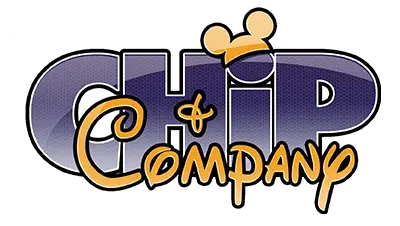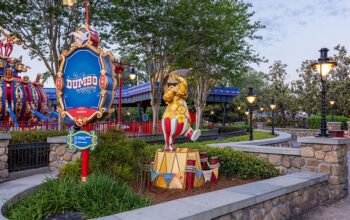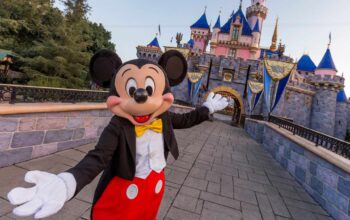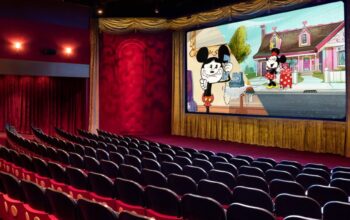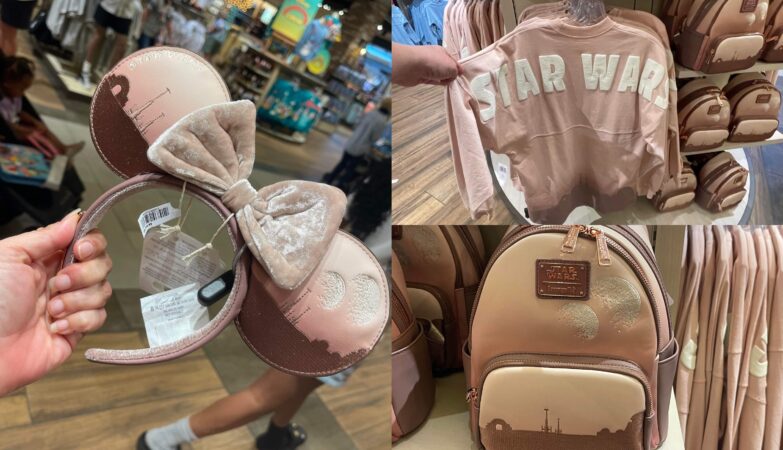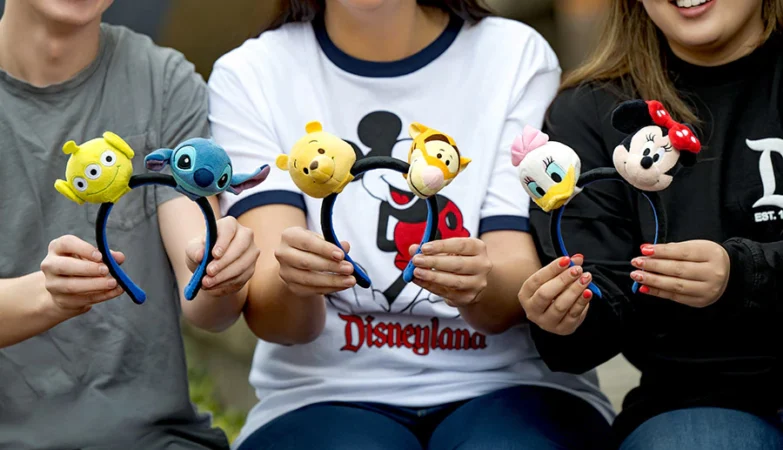Many parents consider taking their kids out of school for a trip to Walt Disney World. Some families homeschool and during their visits to Walt Disney World they incorporate the experiences they have into an educational opportunity. As a college professor, I am one to believe that people never stop learning. Even while having loads of fun at WDW, people (especially children) are soaking up lots and lots of information that adds to their knowledge banks!
Walt Disney World is eminently fun and around every corner there are lessons to be learned, educational examples to be used, and teaching moments to share. Here are just a few ways you can make your next trip an educational experience. Keep in mind that there are activities for all levels of learning. No matter what grade your student is in, they can have an educational experience at Walt Disney World!
*Disclaimer: I highly recommend that you discuss topics and areas that your children are covering in class and do some research to make a plan to incorporate those topics into the activities you participate in during your trip. With advanced notice, many teachers are probably willing to help you make some plans for fun and educational activities at Disney World.
Language Arts:Unless your trip is a surprise, you can invite your student(s) to help you prepare and plan for your vacation. If your child has advanced reading skills, purchase or borrow one or two of the many guide books on the market. Have them read the books and make a list of their preferred activities and restaurants. If your child is at a lower reading level, invite them to search the planning sites with you. You can read easy-level Disney books with your child about the characters and themes you will experience during your trip.
During the vacation, there are many opportunities to incorporate language arts into your experience. There are signs, symbols, and instructions all over the parks and resorts. There are plenty of reading opportunities. Here are a few ideas for different reading levels:
Beginning:
1. Show your child the purple Disney Dining Plan symbol. Make it a game for them to identify that symbol at various restaurants and shops.
2. Look for hidden Mickeys! An important skill when it comes to learning to read it to recognize symbols and signs. Hidden Mickeys are a great way to teach children to look for symbols.
3. Attend shows. Storytelling is a great way to foster a love for language arts in your children. Enchanted Tales with Belle, Beauty and the Beast Live on Stage, Finding Nemo the Musical, and the Little Mermaid attraction at Hollywood Studios are great storytelling experiences.
Intermediate:
1. Reading signs and instructions on attractions and throughout the resort can be done very easily. Point out signs for your child to read. There are many opportunities for this throughout Epcot and Animal Kingdom, especially.
2. Keep a travel journal. Have your child write down their daily experiences and retell their adventures in a notebook. Record what they have experienced, what they have eaten, who they have met, and what they have learned everyday.
3. Sorcerers of the Magic Kingdom game is a great way for intermediate readers to get in some reading and critical thinking skills while having fun. I have found this activity to be one of the sneakiest ways to get my kids to do something educational while on vacation! They don’t even know that it is reading and problem-solving!
Advanced:
1. Pack some fun books and have your child read for 30 minutes before going to sleep, or during breakfast before heading to the parks. Even comic books and magazines are perfectly acceptable sources of reading.
2. Keep a more detailed travel journal. Incorporate and encourage your older children to engage in conversation with others and have them write about those experiences. Have them write about what they would like to see during a future visit, or what they would have done differently during the current trip. Critical thinking involves thinking and questioning and writing it in a journal is a great way to commit those skills to memory.
3. Take a tour like Behind the Seeds and encourage your child to take notes. Note-taking builds critical writing skills and vocabulary development.
Math:
There are activities that can be incorporated for all ages and levels that include numbers and calculations.
1. Simple tasks such as measuring their height for certain attractions introduces numbers and comprehension into mundane activities.
2. Penny press machines can be a great way to teach the value of quarters and pennies.
3. Counting any random object is also a good way to incorporate number skills into a trip. How many tigers are in view at Animal Kingdom? How many floors are there on the elevator at Grand Floridian? Just count and count and count.
4. Have your child tally the price of meals, including tip percentages.
5. Calculate times and transportation distances for fast passes, reservations, and getting across the resort to meet those times. Anytime you have to think about numbers, invite your child to think with you.
6. Prior to the trip you can think of some story problems to work on while waiting in line.
7. Make a treasure hunt at Walt Disney World out of math questions. Example: Have a problem that has the answer “999” then incorporate that into a clue that leads them to the Haunted Mansion!
Social Studies:
Epcot and Animal Kingdom are treasure troves of social studies opportunities. Your child can learn about global cultures throughout those two parks. Even at Magic Kingdom the ride, It’s a Small World, teaches about diversity and language. There are historical references throughout Liberty Square and Frontierland as well. Magic Kingdom and Hollywood Studios also offer other history lessons in a fun, interactive way: Carousel of Progress, Hall of Presidents, Walt: One Man’s Dream, Great Movie Ride, and Backlot Tour. Also, maps of the parks and resorts offer a great geography lesson. Talk to your kids about all of these things as you experience them during your vacation.
Extras:
At Hollywood Studios, you can take a drawing class and create your own sketch of a Disney character. Visit the same class more than once because the character often changes throughout the day. You can also incorporate art lessons into your vacation by encouraging sketching during wait times, or for young visitors, participating in the Kidcot activity at each country in World Showcase. For physical education, you can wear a pedometer and record how many steps and miles you walk daily. High school students can incorporate physics into ride experiences and zoology or ecology at Animal Kingdom. Literally, around every corner there is a lesson to be learned at Disney World.
Have you experienced WDW from an educational perspective? Share your ideas with us. I am one to believe that we are always learning, no matter if we mean to or not. Why not turn your next trip into an educational adventure?!

Let our friends at Destinations to Travel help you book your next Disney Vacation. They are the preferred Travel Agency of Chip and Company and Disney Addicts, and who we use ourselves.
Get started below for your FREE No Obligation Quote.
Book With our friends at Destinations to Travel
For the BEST in Disney, Universal, Dollywood, and SeaWorld Theme Park News, Entertainment, Merchandise & More follow us on, Facebook, Instagram, and Youtube. Don't forget to check out the Chip and Company Radio Network too!
